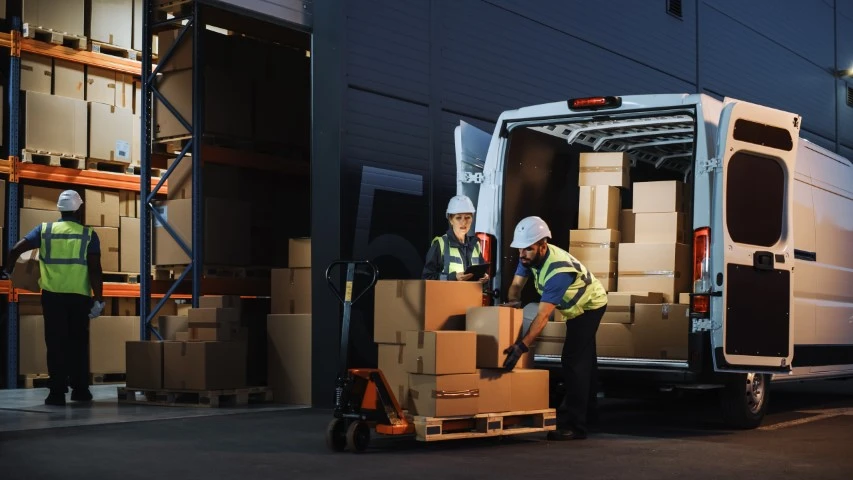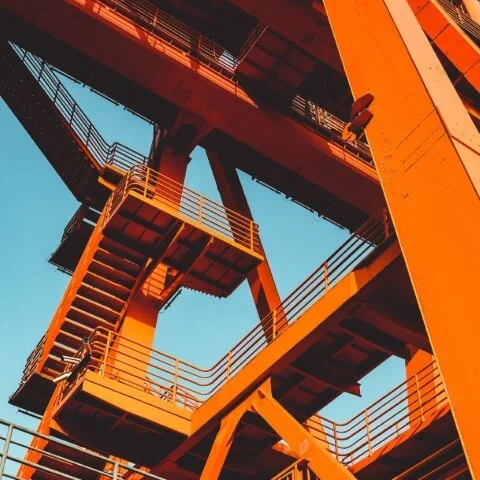Board Directors Need To Think Imaginatively About Climate Risk Disruption
Board Directors Need To Think Imaginatively About Climate Risk Disruption
The recent Verdantix Climate Summit featured panels that discussed climate scenarios, risk management and the impact of climate change on the agricultural sector. Fused together, the main insight from the seven experts throughout the event was that most large firms already understand chronic climate risks or acute weather risks to their business assets.
For example, the Vranken Pommery champagne house has acquired land in Hampshire and now produces an English sparkling wine called Louis Pommery England. Why? Harvest dates in the Champagne region in France are now 25 days earlier than they were 30 years ago. The climate in south-east England today is similar to the Champagne region’s climate in the 1980s. For a wine producer, the changing harvest date is a clear operational indicator of climate risk. In 20 years’ time, it may be too warm in Champagne to produce champagne as we know it today. That made the data-driven decision about an investment in a cooler climate wine region an easy one to make for the board of Vranken Pommery.
But many other physical climate risks are less obvious. An automotive parts supplier like Inchcape doesn’t produce an agricultural product and doesn’t have a simple indicator like harvest dates to inform board decisions about protecting the business from physical climate risk. If the firm’s operational assets – like warehouses and distribution centres – aren’t threatened by wildfires, floods, hurricanes or chronic issues like drought, it can be hard to identify potential climate risks with a material financial impact. This is where it is necessary to avoid a failure of imagination. A distribution business like Inchcape is heavily reliant on transport infrastructure. So physical climate risk planning needs to identify weak links in logistics networks. Chemicals giant BASF, another participant at the Verdantix Climate Summit, explained that low water levels in the Rhine have forced them to shut plants despite switching supply routes to pipelines, rail and road. The firm has invested in specially-designed tankers that can carry large payloads even when there are very low water levels. These transport infrastructure dependencies can also impact workers’ ability to get to operational sites.
Beyond the risks caused by reliance on transport infrastructure, the expert panellists at the Verdantix Climate Summit suggested boards should consider a wider range of hard-to-predict disruptions. For example, drought is impacting multiple regions around the Mediterranean, such as southern Sicily and the Catalonia region in Spain. This can result in a rapid decline in local populations, as there is insufficient work available. Catalonia’s leading sparkling wine producer Freixenet furloughed 615 vineyard workers in April 2024 because a three-year drought in the region has reduced grape harvests. As workers leave a region, it has a knock-on effect for all businesses in the local area. Small firms close up. Property prices fall.
The biggest challenge for boards is that they need to imagine what could happen without the benefit of quantitative risk assessments or the potential to look at prior trends – such as harvest dates. To unleash the imagination of board directors, chief risk officers should look for board education offerings based on immersive climate scenarios, such as the EY Climate Analytics Platform. This will at least help them understand the current weaknesses of climate risk models that provide limited actionable data for risk mitigation over the next 10 years.





















-will-surpass-$1-billion-in-2030_1920x1080px.jpg?sfvrsn=d92f836e_2)